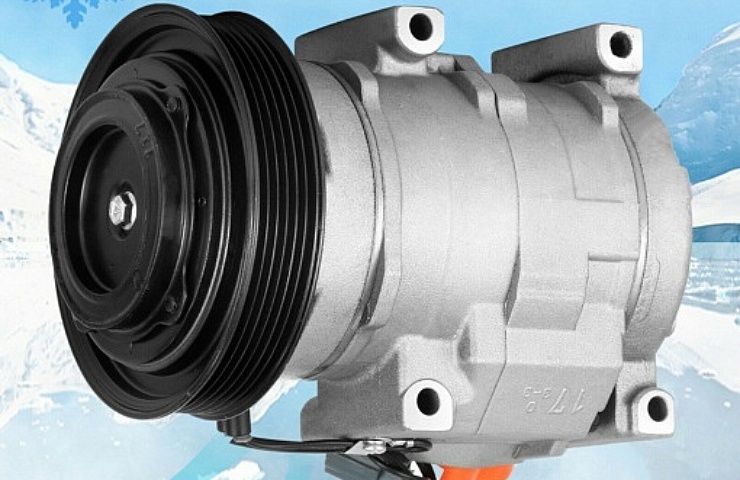Contents
Has your ride stopped blowing icy cold air? It’s a bummer when you turn on the air conditioner on a hot day—and only warm air comes out. Adding refrigerant might be a fix. But depending on the cause, that might be only a temporary solution and not resolve the underlying car AC problems.
If your car’s air conditioner has lost its cool, the first step is to observe the symptoms. That’s the key to any good diagnostic work. First, think about when and how the problem originated, then troubleshoot these car air conditioning symptoms.
The Relay

AC clutch fan relay
Intermittent cooling could point to a faulty relay. The air conditioner compressor relay regulates the compressor. As the car idles, you should be able to hear the compressor turning on and off.
If the relay is going bad, you might notice uneven cooling or no cooling at all. If you can’t hear the compressor going on and off, check the relay. While you are at it, check all the fuses linked to your air conditioner.
Compressor Noise
If you hear the compressor belt squeal or grinding noises when you turn on the air conditioner, the cause is likely bearings within the compressor clutch seizing up. Since most air conditioning compressors require some skill and special tools to rebuild, the easiest fix is to install a new or rebuilt unit.
Gradual Loss of Cooling

AC refrigerant leak detector
Leaks in air conditioning systems are more common than in the R12 era because R134a runs at higher pressures and requires more effective condensing.
Read this: What To Do About R12 Refrigerant, the Original Freon?
Technicians can test for leaks in hoses around the O-rings using an electronic detector wand or UV light. In addition, since air conditioners are closed systems, problems with the condenser or evaporator can also cause refrigerant leaks.
Bad Condensor?

AC condenser with receiver-drier
The condenser is a heat exchanger located in front of the car’s radiator, consisting of tubes surrounded by cooling fins. The refrigerant (in vapor form) enters the condenser at the top and converts back to a liquid due to cooling and pressure. There are a couple of ways to tell if a condenser is bad.
The first one is abnormally high gauge pressures. You can easily check the pressures by installing an air conditioning manifold gauge to service ports.
The other symptom is temperature changes across the condenser surface. You can feel a temperature difference by gently touching the condenser in several spots. Also, if refrigerant leaks out of the condenser, the air conditioner will gradually lose its ability to cool.
Weak Car AC Airflow
If the air stream coming out of the vents is weak, check for mold or mildew buildup in the evaporator. Also, look for a loose blower hose, bad ventilator fan, or bad seals around the blower housing or evaporator core case. Finally, look for firewall leaks that allow hot air to enter the passenger compartment.
Recover Old Refrigerant
If you plan to disconnect any of the Freon hoses, you must use a recovery system to avoid the refrigerant escaping into the air. Once your repair is complete, it will need to be re-charged with new refrigerant. Most licensed shops can do this for you for a nominal fee plus the cost of the refrigerant.
Ongoing Car Inspections
If your engine cooling system isn’t working well, it will affect the air conditioner. Periodically perform these tasks:
- Inspect the radiator surface for dirt and clean it as necessary.
- Pressure-test the radiator cap.
- Make sure the thermostat is working correctly and inspect coolant hoses for signs of bloating, cracking, or blistering.
- Flush and refill the cooling system according to your owner’s or shop manual.
When the AC starts blowing cold again, that’s the time to make regular AC inspections part of your routine. Start with a visual component inspection and listen for abnormal noises. Remember, checking for leaks can pinpoint minor problems before they become big ones.
A little thoughtful maintenance will keep the air blowing cold through the long season of hot weather.






